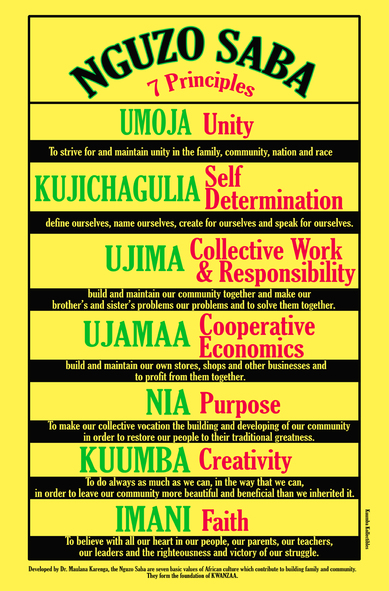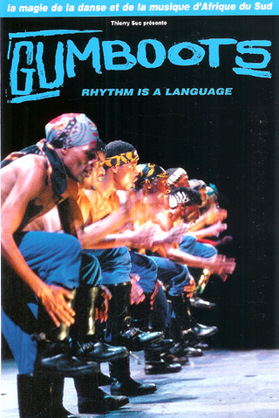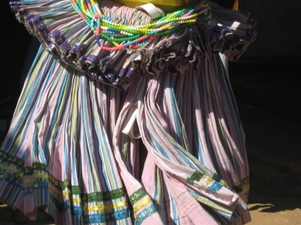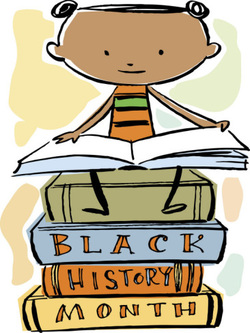The tiny house movement is growing bigger as Americans shrink their budgets and look for affordable alternatives to their Stuff Nation.
100-Square-Foot Tiny Home In Vermont Peter King decided to build tiny homes because he was sick of being a slave to debt and mortgages, and wanted to indulge in life's small, 10 by 10 foot pleasures. Peter King has been building tiny houses for years and hopes to teach others the basics of simple living.
LOCATION:
East Johnson, Vermont
100-Square-Foot Tiny Home In Vermont Peter King decided to build tiny homes because he was sick of being a slave to debt and mortgages, and wanted to indulge in life's small, 10 by 10 foot pleasures. Peter King has been building tiny houses for years and hopes to teach others the basics of simple living.
LOCATION:
East Johnson, Vermont









 RSS Feed
RSS Feed
